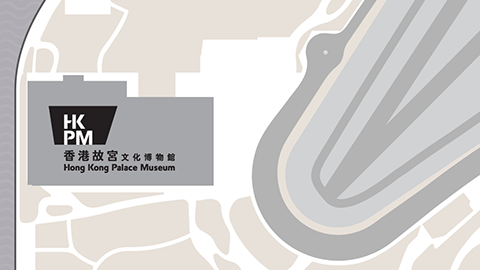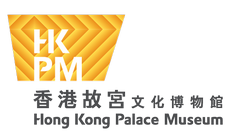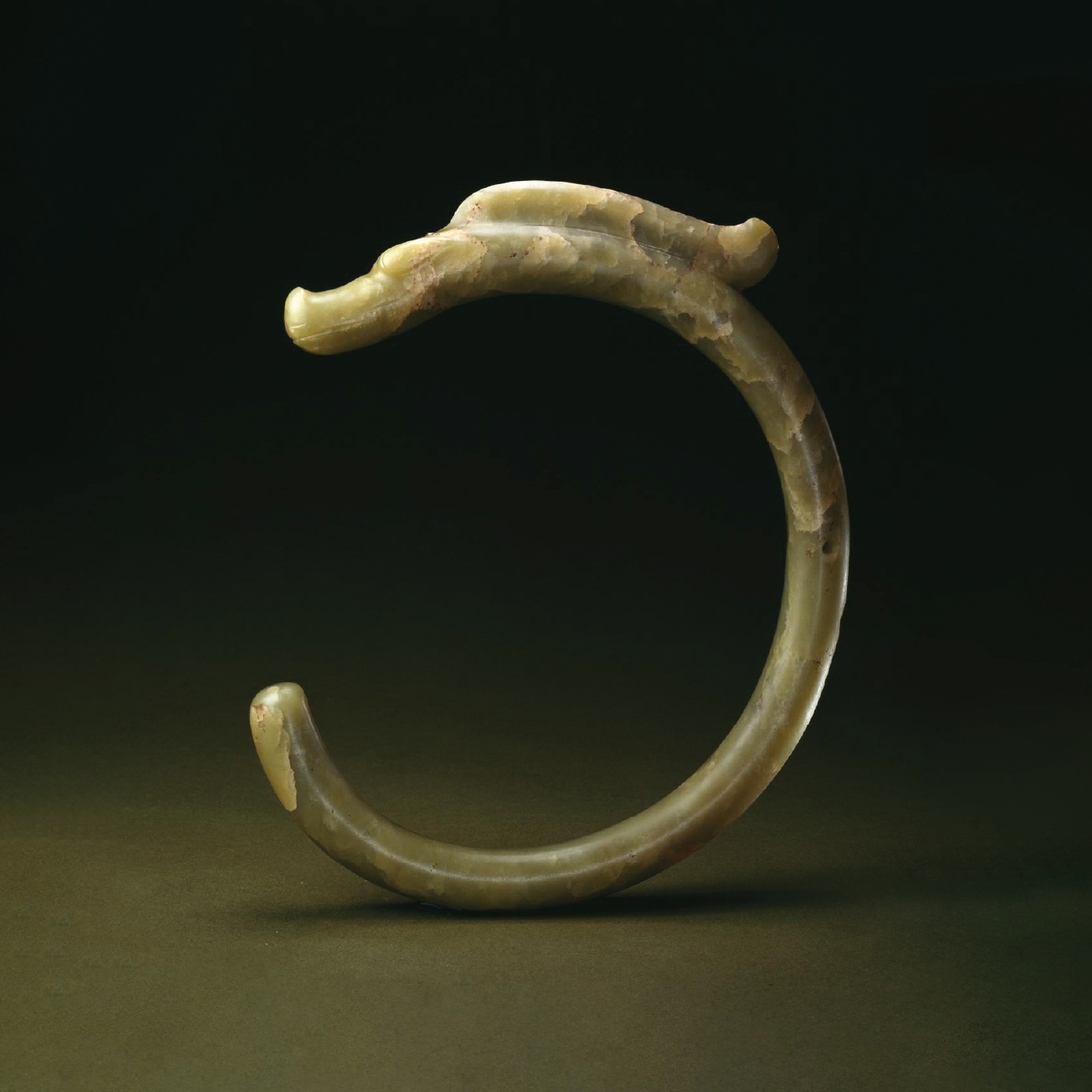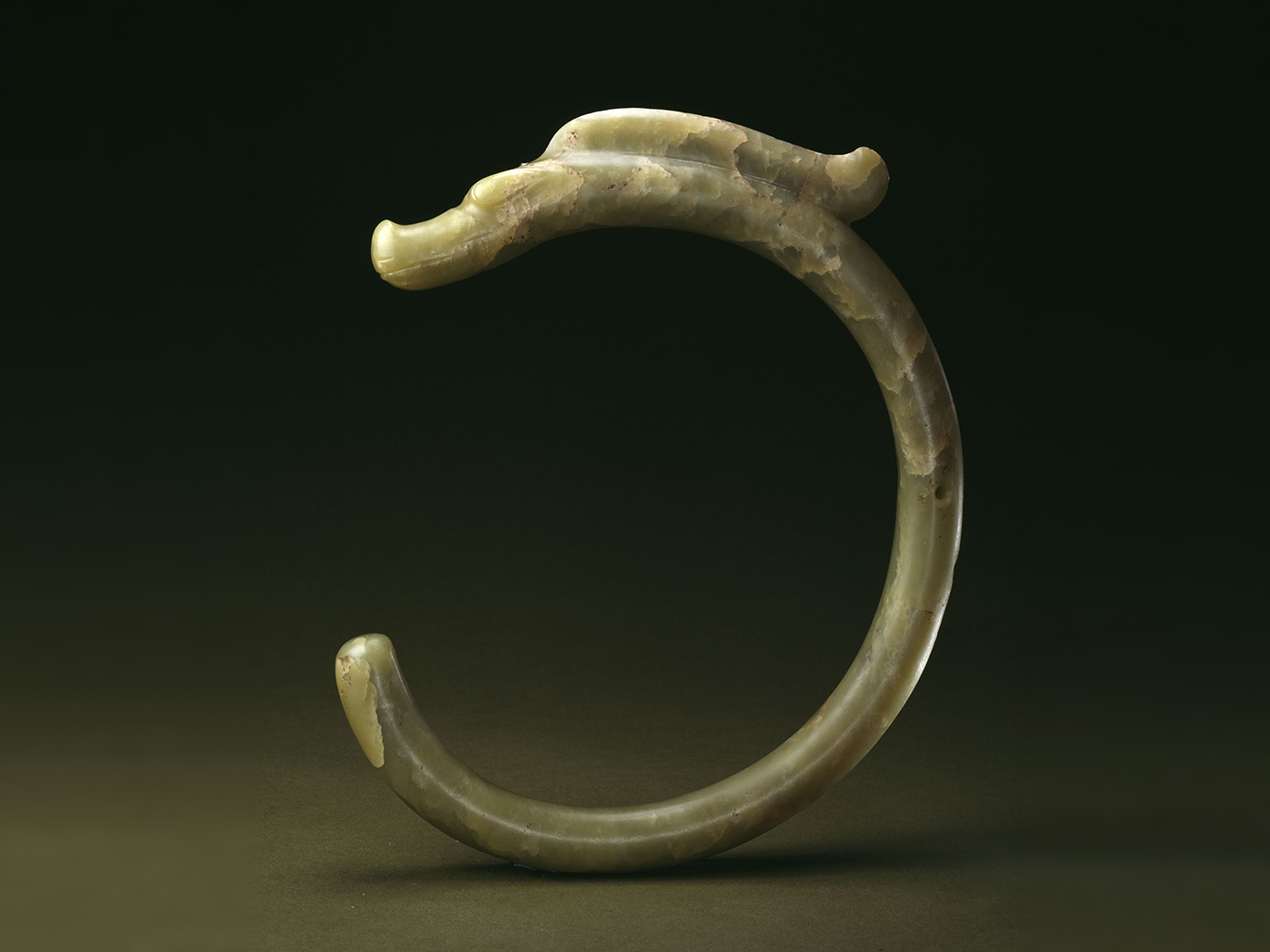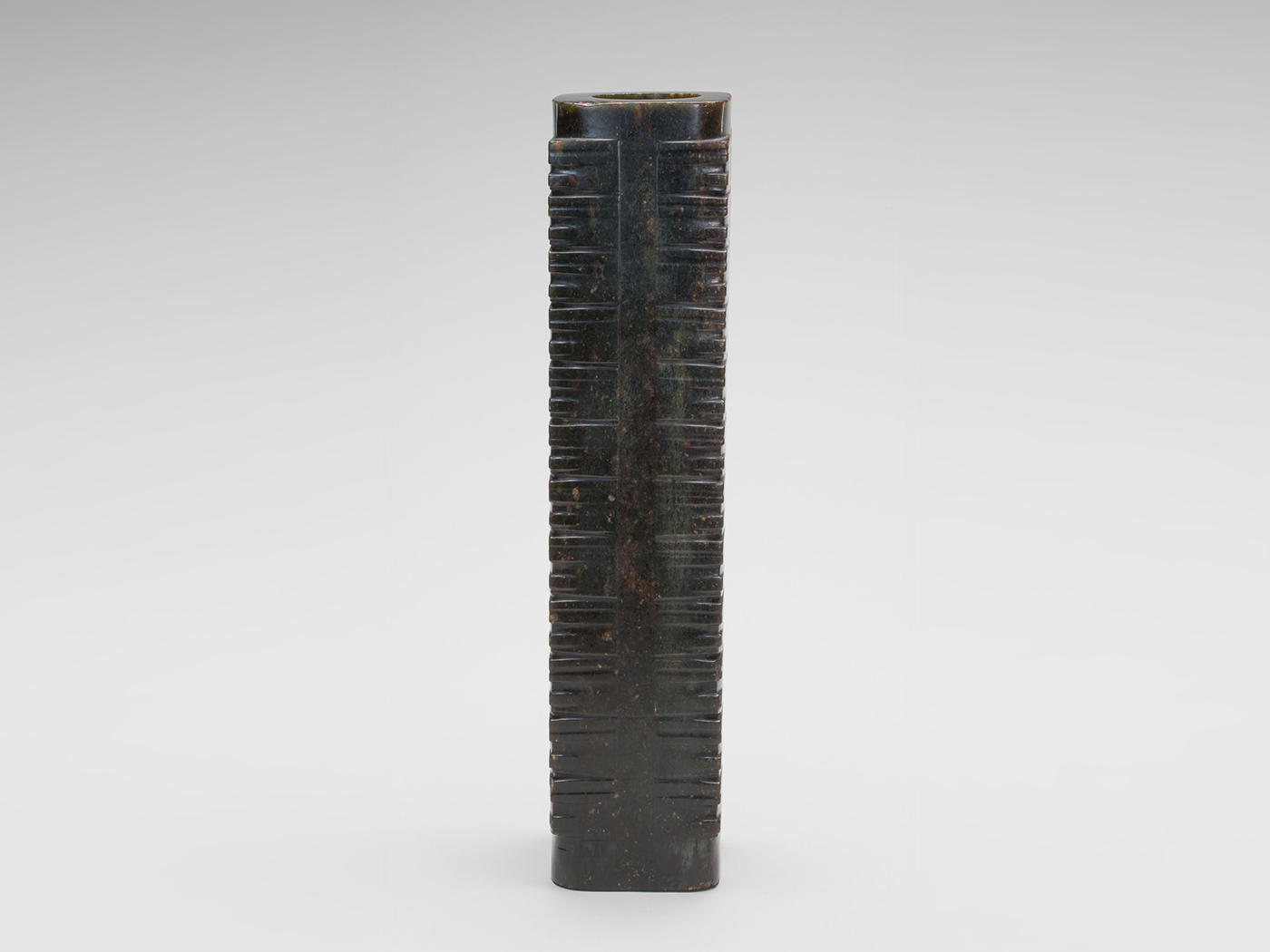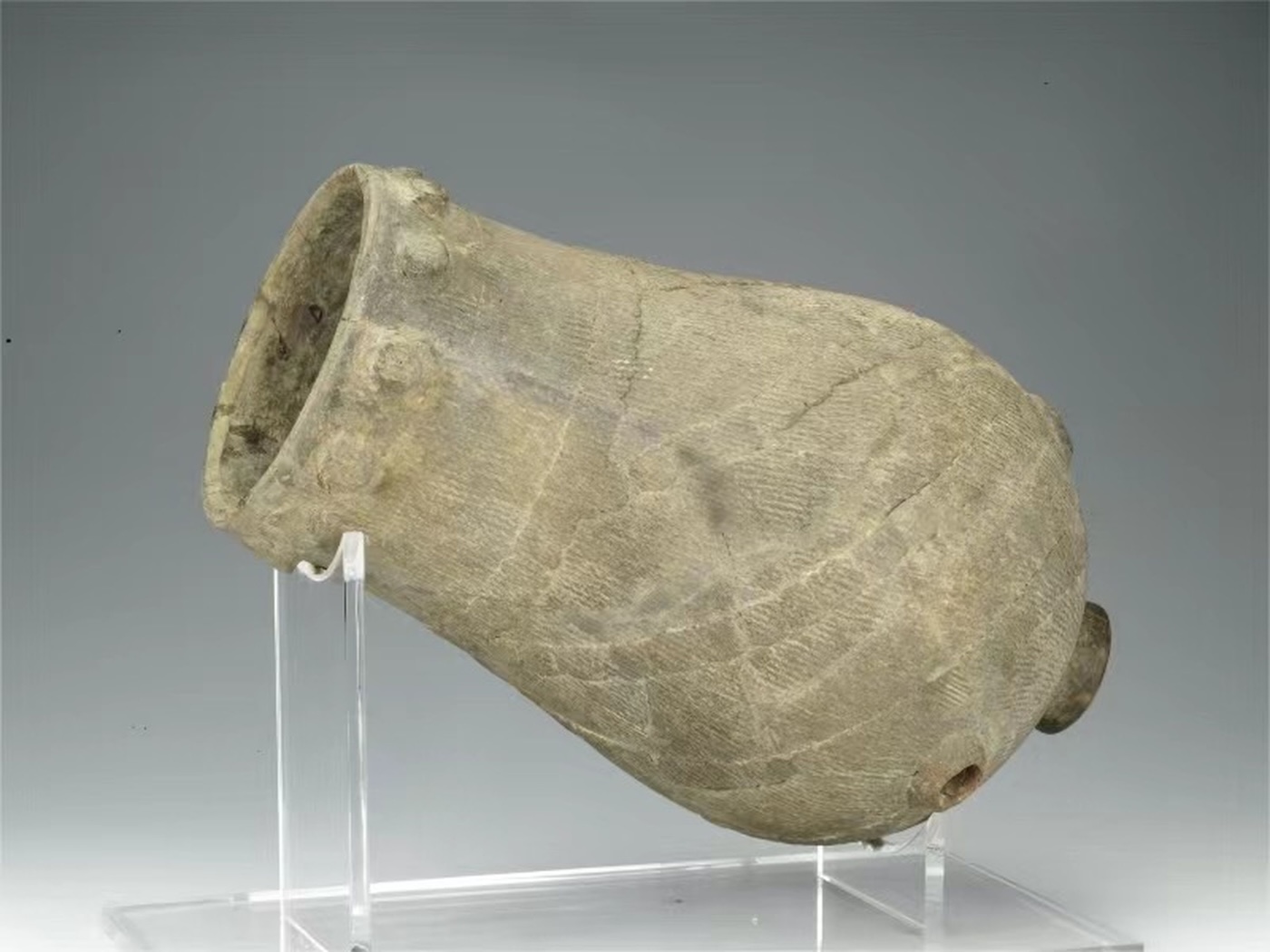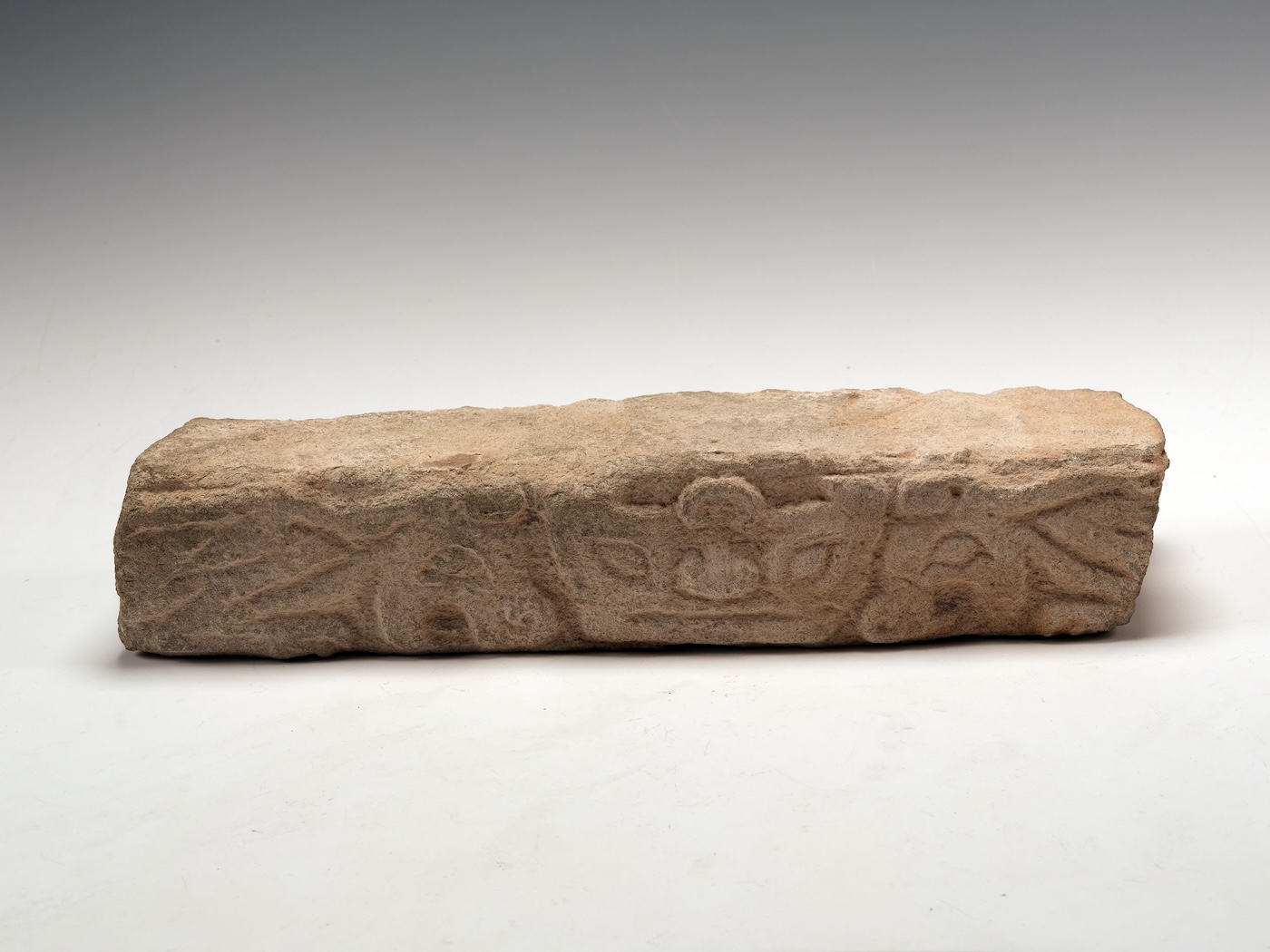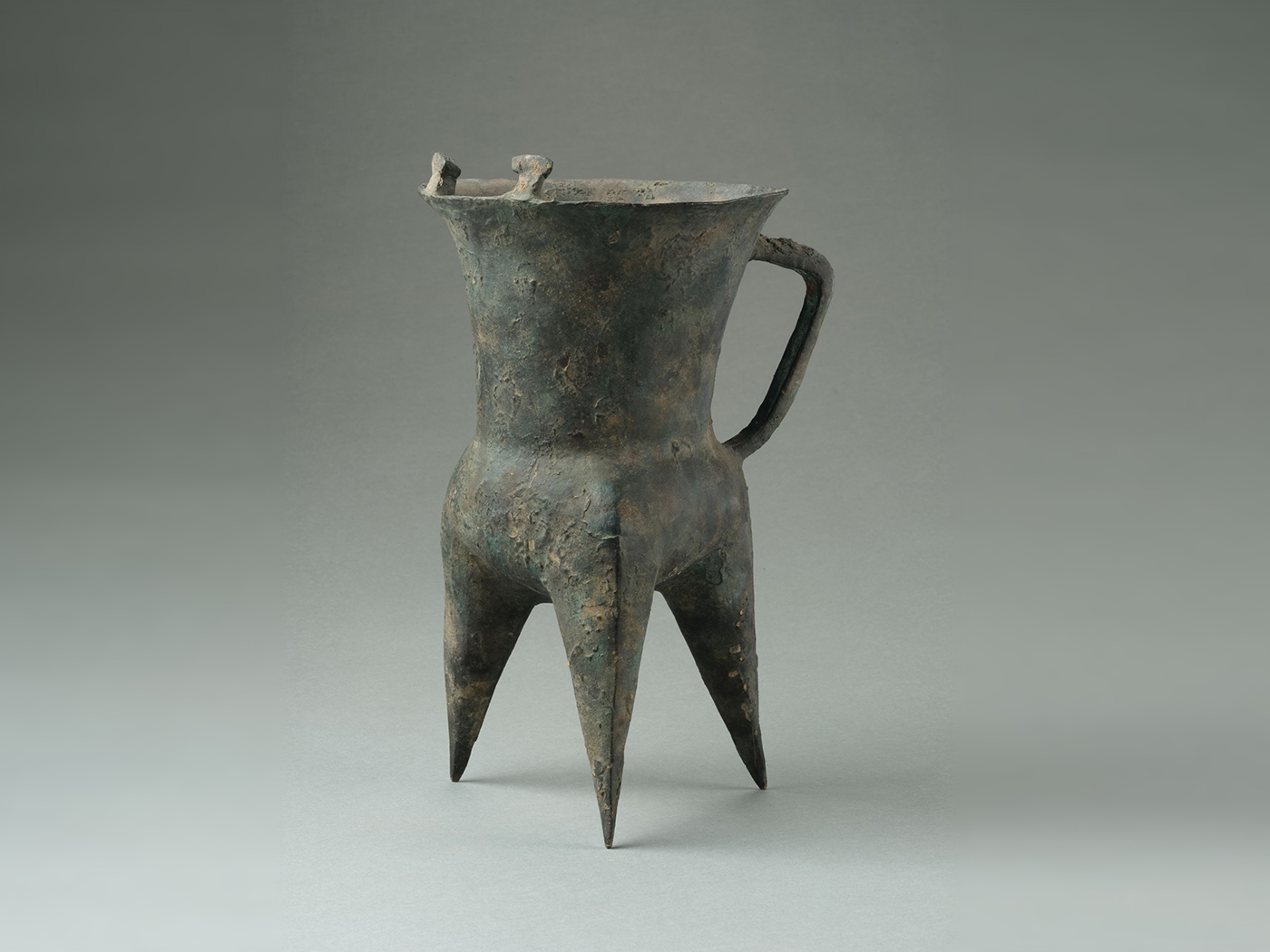Chinese civilisation is ancient, profound, and enduring, standing as the the world's longest continuous civilisation. In 2002, the country launched the “Project to Trace the Origins of Chinese Civilisation” (the Project), which has yielded remarkable results over the past two decades, mapping out the historical trajectory of the origins of Chinese civilisation. The Project, through archaeological surveys and studies, has showcased the tangible continuity of the civilisation and the diversity of its origins. It reveals how different regions and cultures interacted with one another, and eventually merged into a cohesive whole, forming the “diversity in unity” developmental pattern of the Chinese people.
This exhibition features the excavates of the Project as well as important archaeological discoveries in the centennial modern Chinese archaeology. Over one hundred exhibits come from fourteen archaeological institutions and museums in the Mainland and Hong Kong, covering nine archaeological cultures and nine major archaeological sites. It is one of the most comprehensive exhibitions in recent years dedicated to exploring the origins and achievements of Chinese civilisation.
The exhibition is jointly organised by the HKPM and Art Exhibitions China, and sponsored by Bank of China (Hong Kong), the Museum’s strategic partner.
Exhibition partners:
Shanxi Culture Relics Bureau, Liaoning Provincial Cultural Heritage Bureau, Zhejiang Provincial Cultural Heritage Administration, Anhui Provincial Department of Culture and Tourism, Shandong Provincial Department of Culture and Tourism (Cultural Heritage Bureau of Shandong Province), Henan Provincial Administration of Cultural Heritage, Department of Culture and Tourism of Hubei Province (Hubei Provincial Cultural Heritage Administration), Shaanxi Provincial Cultural Heritage Administration, and Gansu Provincial Bureau of Culture Relics
Exhibition supporting organisations:
The Palace Museum, National Museum of China, Shanxi Museum, Liaoning Provincial Institute of Cultural Relics and Archaeology, Zhejiang Provincial Museum, Liangzhu Museum, Hanshan Museum, Shandong University Museum, Erlitou Site Museum Of the Xia Capital, Hubei Provincial Museum, Jingzhou Museum, Shaanxi Cultural Heritage Promotion Center, Shaanxi Academy of Archaeology (Shaanxi Archaeological Museum), and Gansu Provincial Museum
Jointly organised by:
Strategic partner:

One of the celebratory events for the 75th anniversary of the founding of the People’s Republic of China:

